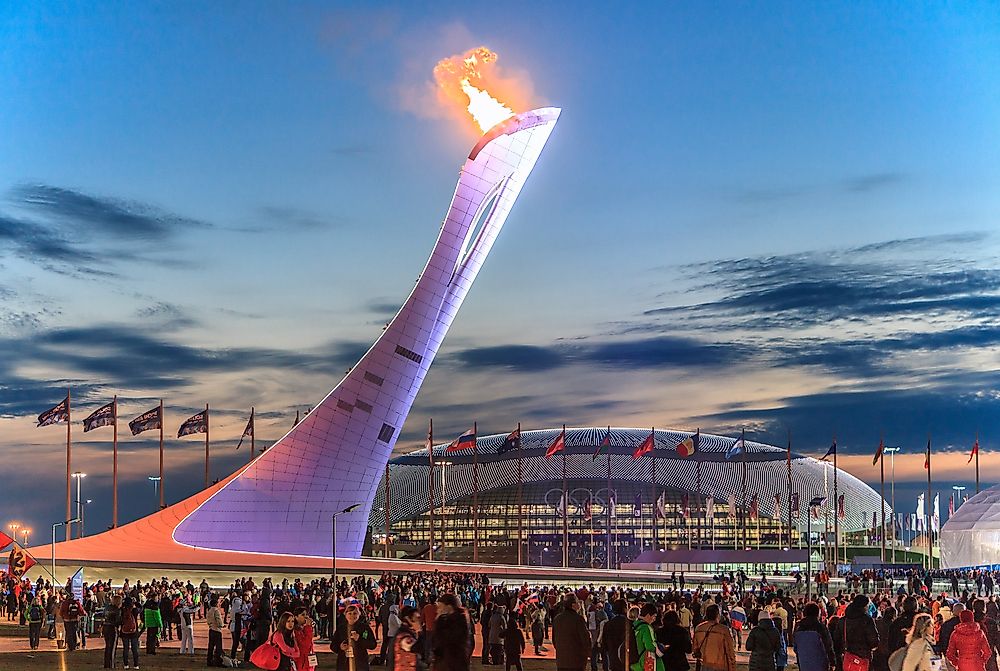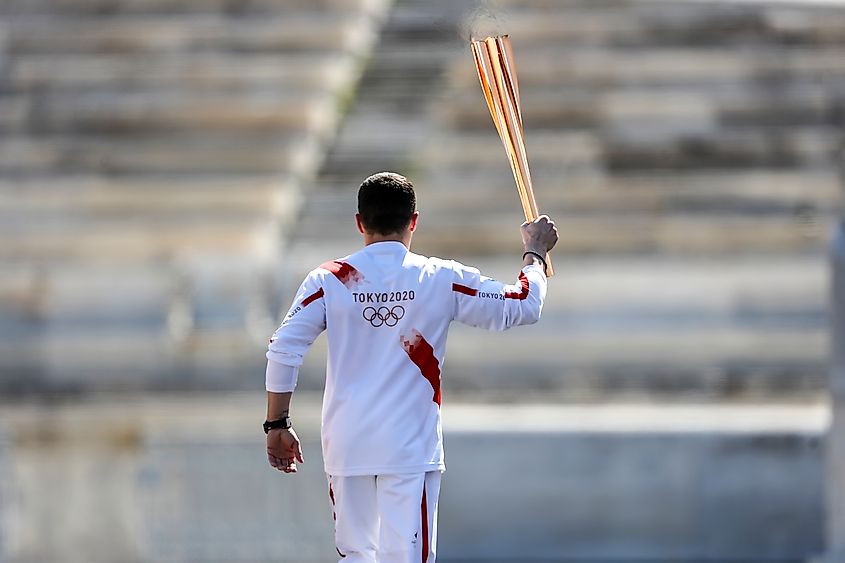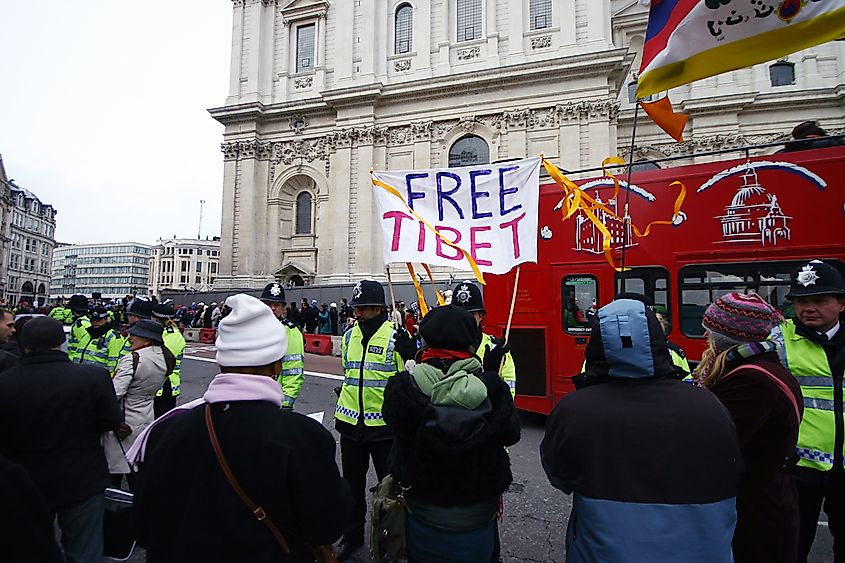What Is The Olympic Flame?

The Olympic flame is lit at the opening ceremony of the Olympic Games as a symbol of the Olympic spirit and is kept burning until the end of the event. Architect Jan Wis, who decorated the Amsterdam Stadium for the 1928 Summer Olympic Games, initiated the idea of lighting a flame. This idea was derived from a similar practice of the ancient Greeks who kept the sacred fire blazing for the entire celebration of the Olympics.
The Olympic flame has become a tradition in every Olympic Game event since its introduction in 1928. In the weeks leading up to the Games, an Olympic torch is lit with solar rays in Olympia, Greece, and a torch-bearing relay is held in the host country. It has been a custom that well-known athletes or athletes with considerable achievements are the last runners in the Olympic torch relay. The travel routes of the Olympic torch symbolize the success of the athletes.

The torch is usually carried by runners but it has been carried in some other ways such as by airplane or boat. A remarkable method of transporting the Olympic torch was used in 1976. The flame was converted into a radio signal and then transported from Europe to Canada. Heat detectors in Athens, Greece sensed the flame and then sent the signal to Ottawa through satellite. For the 2004 Olympic Games in Athens, divers transported the Olympic torch underwater for a part of the distance.
Protests Against Olympic Torch Relays
In some parts of the world, protests against the Olympic torch relays have happened. In 1956, before the Melbourne Games in Australia, a veterinary student successfully handed over a fake flame to Pat Hills, the mayor of Sydney, and escaped. Attempts to put out the flame were also made during the 2008 Olympic Games as a show of protest against China's human rights record. There was also a protest against the Olympic torch relay in Rio De Janeiro, Brazil, during the 2016 Olympics to highlight the economic crisis in Brazil. The protesters managed to put out the Olympic flame claiming that the country had spent a huge sum of money in hosting the Summer Olympic Games.

Extreme weather conditions can also put off the Olympic flames. For example, during the 1976 Summer Olympics hosted in Montreal, Canada, a rainstorm put out the Olympic flame some days after the games had started. The flame was re-lit using the original backup sources of the Olympic flame.
The above incidents, and other similar events, make it clear that the Olympic torch relay process is not completely safe. An Olympic flame might be put out deliberately or accidentally during the relay process. This concern has led to an outpour of ideas regarding the design of the Olympic torch to minimize the chances of the flame dying.
What Happens When The Flame Is Extinguished?
It is usually re-lit or a backup torch is ignited, sing the same flame that was ignited in Greece.
The current Olympic flames have been designed uniquely and impressively to curb the unpredictable extinguishing. Olympic cauldrons are designed and used to protect the Olympic flame.











